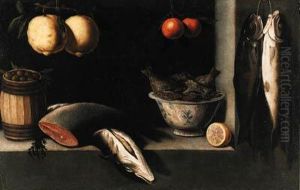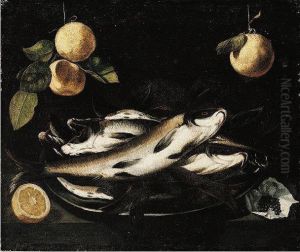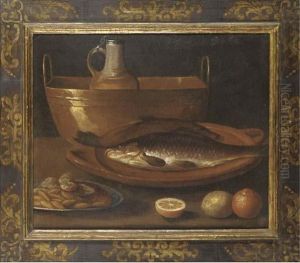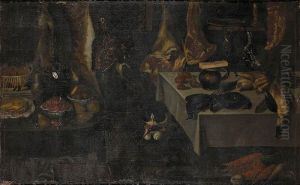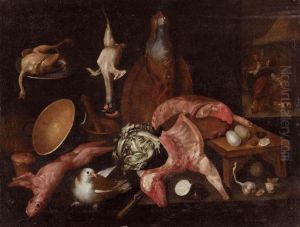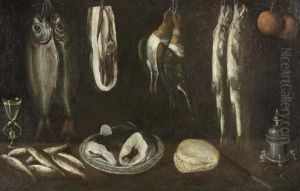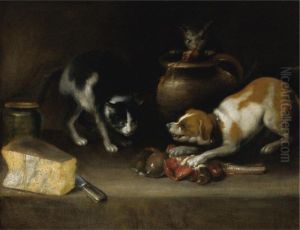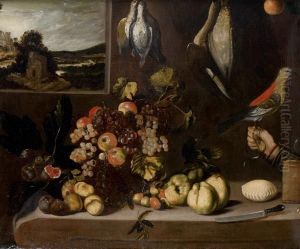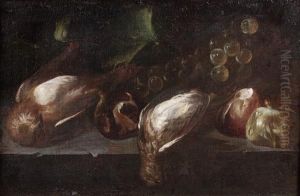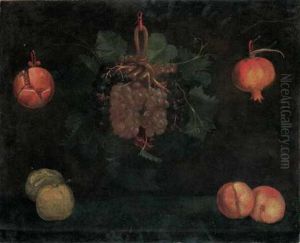Alejandro De Loarte Paintings
Alejandro De Loarte, born in the 1590s in Toledo, Spain, was a Spanish painter whose life and career were notably short yet impactful in the realm of Baroque art. Little is known about his early life or training, but it is clear that De Loarte was active during a period that was rich in artistic innovation and expression, particularly in Toledo, which was a significant cultural center at the time.
De Loarte's work is characterized by its vivid portrayal of everyday life, with a particular emphasis on genre scenes and still lifes. This focus marked a departure from the more religious and historical themes that dominated Spanish art during the period, showcasing instead a keen interest in the ordinary and the mundane. His paintings are noted for their use of light and shadow, a technique that adds depth and realism to his subjects, echoing the broader Baroque movement's fascination with chiaroscuro.
Despite his contributions to the Spanish Baroque, De Loarte's career was brief; he died in 1626 at a relatively young age. His works, though not as widely recognized as those of his contemporaries, remain an important part of Spain's artistic heritage. They provide valuable insights into the social and cultural life of early 17th century Spain, reflecting the tastes and interests of the Spanish bourgeoisie during that era.
Today, Alejandro De Loarte's paintings can be found in several museums and collections, both in Spain and internationally. Though his life was short and much of his biography remains shrouded in mystery, his artistic legacy continues to be appreciated for its contribution to the development of genre painting and still life in Spanish art.

